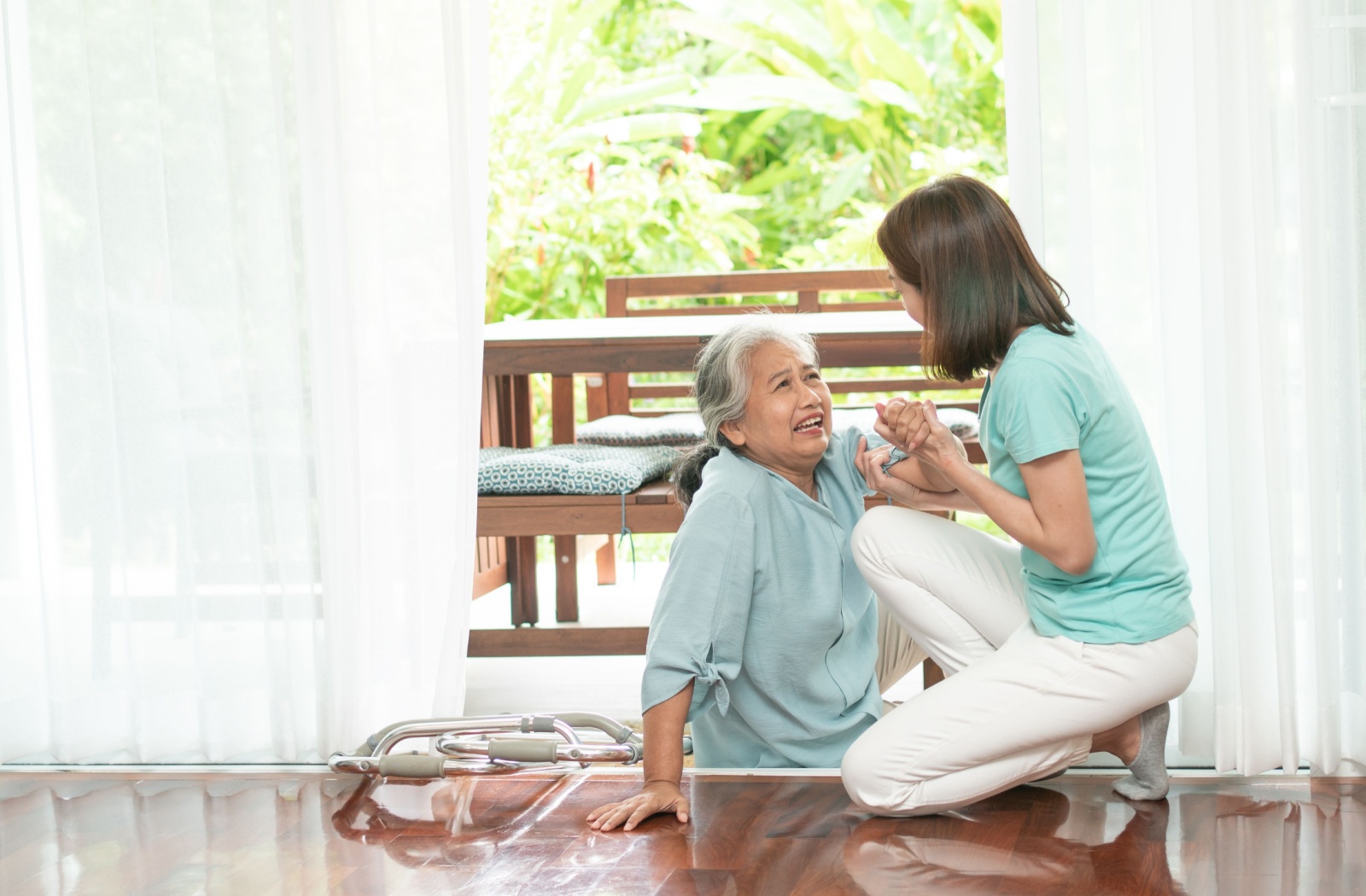As the population ages, one of the growing concerns among families and healthcare professionals is the incidence of fractures caused by elderly falls. These falls can lead to severe injuries, affecting the quality of life for seniors and their loved ones. Understanding the causes, prevention strategies, and recovery processes is essential for enhancing the well-being of our senior citizens.

What Are Fractures Caused by Elderly Falls?
When seniors fall, their bones are often more brittle due to age-related conditions such as osteoporosis, making them more susceptible to fractures. These injuries can range from mild to severe, often requiring extensive medical attention and rehabilitation. The most common areas affected include the hip, wrist, and spine.
Causes of Falls in the Elderly
Several factors contribute to the risk of falls among seniors. These include poor vision, muscle weakness, balance issues, and environmental hazards like loose rugs or poor lighting. Addressing these factors is crucial in reducing the occurrence of falls.
Environmental Hazards
Simple changes at home can significantly reduce fall risks. Ensuring that rooms are well-lit, removing clutter, and securing loose carpets can make a big difference. For more tips on making a home safer for seniors, check out this fall detection devices guide.
Health-Related Factors
Chronic conditions such as arthritis and diabetes can affect a senior’s balance and mobility, increasing the risk of falls. Regular check-ups and managing these conditions effectively can help reduce risks.
Preventing Fractures Caused by Elderly Falls
Prevention is key when it comes to reducing fractures from falls. This includes both personal health management and home safety improvements.
Regular Exercise
Engaging in regular physical activity helps seniors maintain strength and balance, which are critical in preventing falls. Activities such as walking, swimming, and tai chi are excellent choices.
Medical Check-Ups
Regular eye exams and health check-ups can help detect issues that may increase fall risks. Its important for seniors to keep up with these appointments to stay healthy and safe.
Fall Detection Devices
Utilizing fall detection systems can provide peace of mind. These devices can alert emergency services if a fall occurs, ensuring timely medical attention.
Recovery from Fractures Caused by Elderly Falls
Recovery can be a long and challenging process, requiring physical therapy and sometimes surgery. Its crucial to follow medical advice and attend all recommended therapies to regain strength and mobility.
Physical Therapy
Physical therapy is often necessary to help seniors regain mobility and strength after a fracture. Therapists work with patients to improve their balance and walking ability, helping them return to daily activities safely.
Support Systems
Having a strong support system is vital for recovery. Family members and caregivers can help with daily tasks and provide emotional support during the healing process.
The Role of Technology in Preventing Falls
Technology plays a significant role in preventing falls. From GPS tracking fall detection to home monitoring systems, these innovations help keep seniors safe and independent.
The Importance of Education and Awareness
Educating seniors and their families about fall risks and prevention strategies is crucial. Programs and workshops can provide valuable information on how to make homes safer and improve health outcomes.
The Impact on Healthcare Systems
Fractures caused by elderly falls not only affect the individual and their family but also place a significant burden on healthcare systems. Understanding this impact can help drive policy changes and resource allocation to better support seniors.
Community Support and Resources
Many communities offer resources and support for seniors to help prevent falls. Local senior centers often provide exercise programs and educational workshops focused on fall prevention.
Conclusion
Addressing the issue of fractures caused by elderly falls is critical for the health and well-being of our aging population. Through prevention, education, and support, we can help seniors live safer, healthier lives. For more information on fall prevention, visit the CDC’s fall prevention page.

FAQs
Q: What are the most common types of fractures from falls?
A: The most common fractures include hip, wrist, and spinal fractures.
Q: How can I make my home safer to prevent falls?
A: Ensure good lighting, remove tripping hazards, and consider using fall detection devices.
Q: Are there exercises that can help prevent falls?
A: Yes, exercises like walking, swimming, and tai chi can improve balance and strength.
This article contains affiliate links. We may earn a commission at no extra cost to you.

